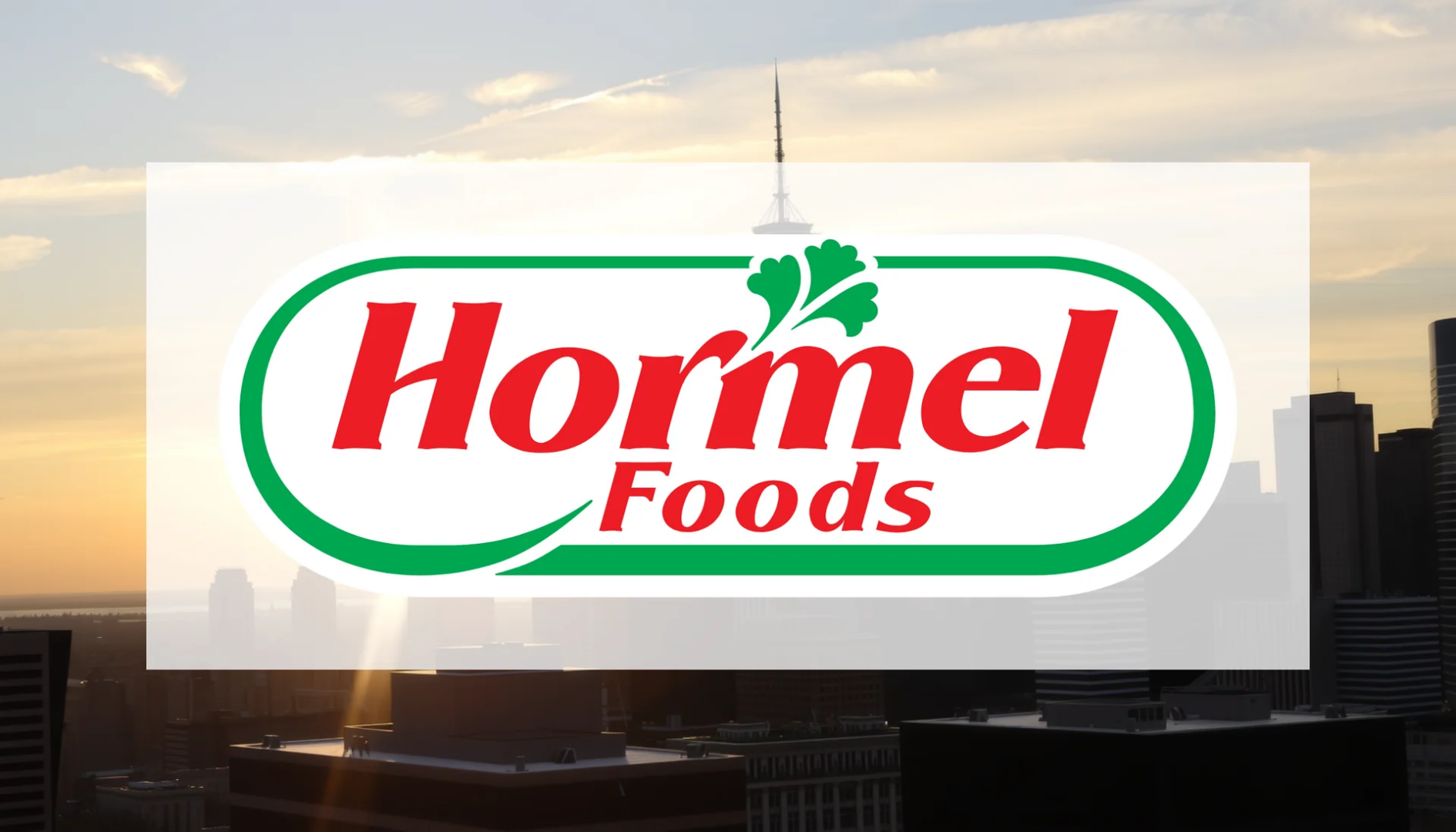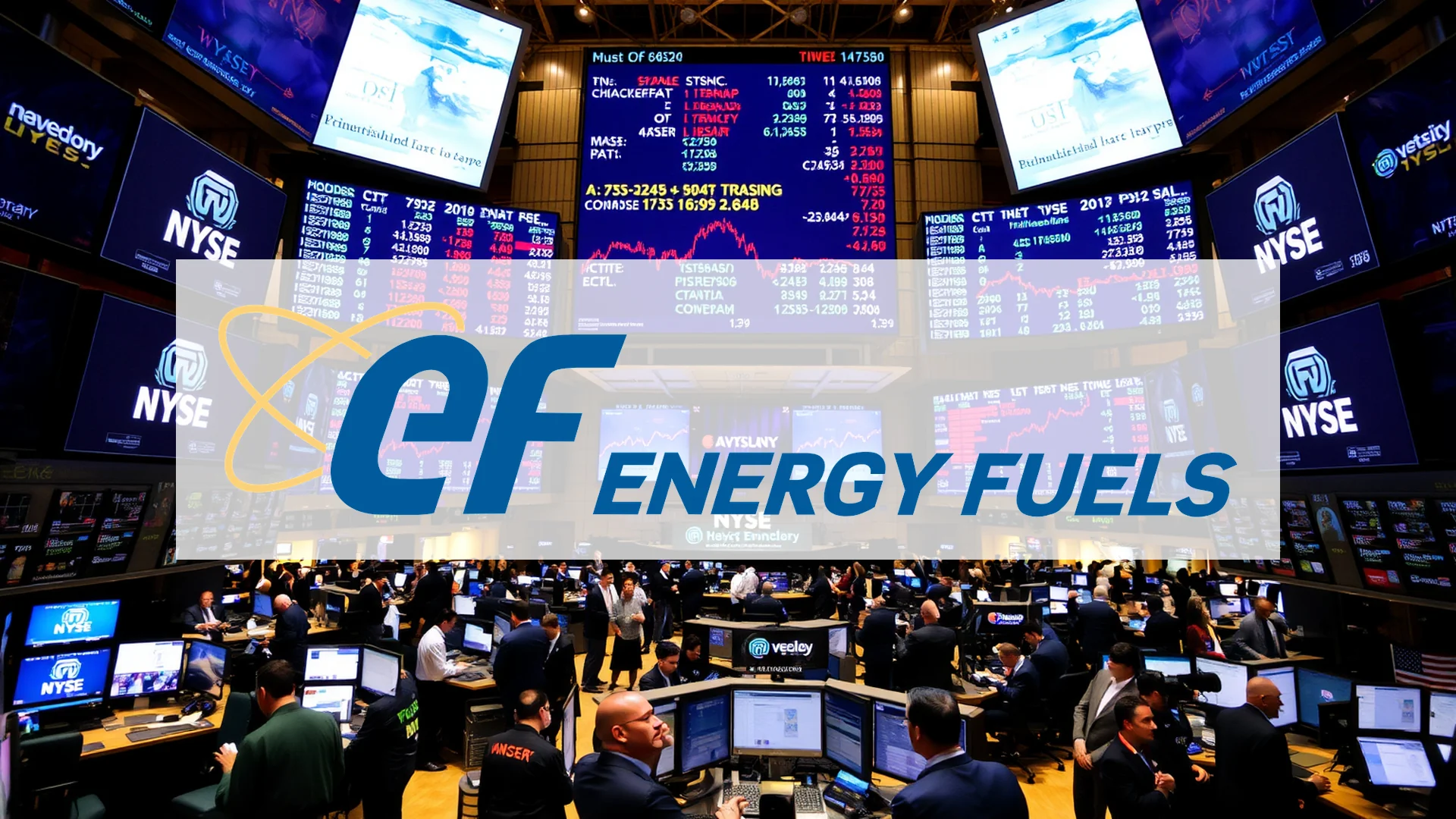The investment case for Hormel Foods, once a celebrated dividend performer, is facing a severe test. The company’s latest earnings report disappointed the market, prompting a wave of negative sentiment from financial analysts who have issued stark warnings, including a “Strong Sell” recommendation. Investors are now questioning whether this established food producer can reverse its downward trajectory.
Earnings Miss Overshadows Revenue Growth
Hormel Foods’ recent financial performance provides clear evidence of its challenges. For the third quarter of 2025, the company reported revenue of $3.03 billion, representing a 4.6% increase that actually surpassed market forecasts. However, this top-line strength was undermined by a significant earnings shortfall. The adjusted profit per share came in at just $0.35, substantially below the $0.41 that analysts had projected.
Management has pointed to soaring input costs as the primary culprit, noting that these inflationary pressures are squeezing profit margins across the entire food production sector. Despite implementing price increases to counter these headwinds, the company’s own guidance remains cautious. For the fourth quarter, executives anticipate earnings per share in the range of $0.38 to $0.40, suggesting that a meaningful recovery may not be imminent.
Wall Street Turns Increasingly Pessimistic
The fundamental weaknesses have triggered a notable shift in analyst sentiment. Research firm Zacks delivered a particularly harsh assessment on September 28, 2025, downgrading Hormel Foods stock to a “Strong Sell” rating—their most bearish classification. This action was driven by sharply reduced profit expectations, with experts collectively slashing their full-year forecasts by 7.5% over a two-month period.
Should investors sell immediately? Or is it worth buying Hormel Foods?
Major financial institutions have echoed this cautious stance through downward revisions of their price targets. Barclays reduced its target from $36 to $34, while Bank of America presented an even more conservative outlook with a $28 valuation. These adjustments signal growing concern about the company’s near-term prospects on Wall Street.
Dividend Tradition Offers Solace Amid Market Weakness
In this challenging environment, Hormel Foods’ dividend policy stands as a key positive for income-focused shareholders. The company continues its long-standing tradition of returning capital to investors with a quarterly distribution of $0.29 per share, translating to an attractive yield of approximately 4.8% at current price levels. This payment represents the 389th consecutive quarterly dividend from the American food producer—a notable track record of shareholder returns.
Yet the critical question remains whether this income stream alone can stabilize the equity value. The stock has declined more than 30% since the start of the year and currently trades well below its key moving averages. While the dividend provides some consolation, investors must carefully monitor whether management can successfully navigate the ongoing commodity cost crisis or if the share price deterioration will continue.
Ad
Hormel Foods Stock: Buy or Sell?! New Hormel Foods Analysis from December 29 delivers the answer:
The latest Hormel Foods figures speak for themselves: Urgent action needed for Hormel Foods investors. Is it worth buying or should you sell? Find out what to do now in the current free analysis from December 29.
Hormel Foods: Buy or sell? Read more here...










